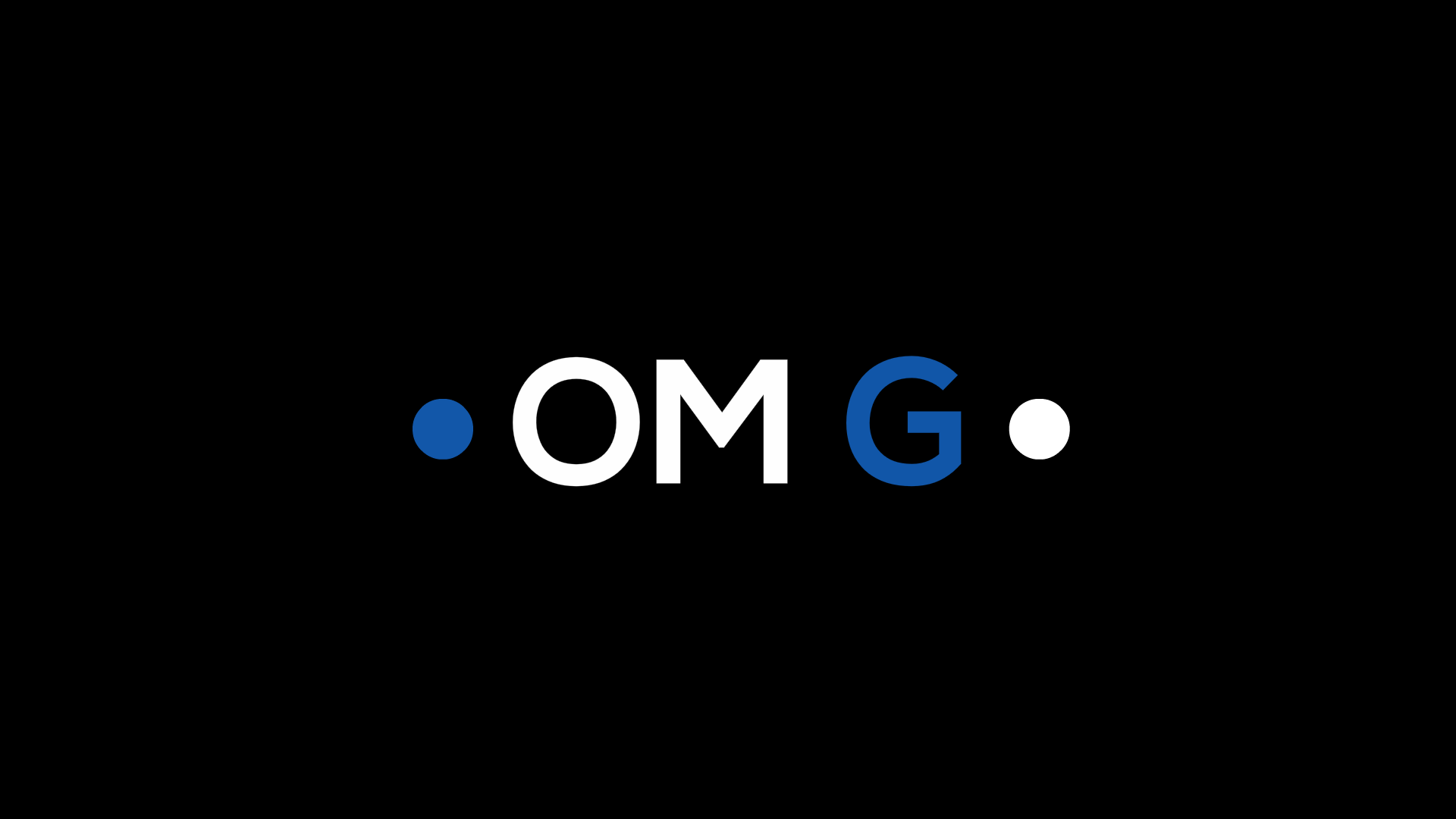Introduction: The Evolution Of Web Design
Web design has come a long way since the inception of the World Wide Web in the early 1990s. Over the years, we have witnessed remarkable advancements in technology, user experience, and design aesthetics that have shaped the digital landscape. As we approach 2024, web design is poised to undergo another significant transformation. In recent years, there has been a growing emphasis on user-centric design principles and seamless interactions.
Websites are no longer static online brochures but dynamic platforms that engage and captivate users. With advancements in artificial intelligence (AI) and machine learning, personalized experiences are becoming more prevalent. Users now expect websites to adapt to their preferences and provide tailored content. Additionally, responsive web design has become a standard practice as mobile devices dominate our daily lives. Websites must seamlessly adjust their layout across various screen sizes to ensure optimal user experience.
Subtopic 1: Artificial Intelligence And Machine Learning Integration
As we move towards 2024, the integration of artificial intelligence (AI) and machine learning (ML) into web design will become increasingly prevalent. AI-powered algorithms will enable websites to personalize user experiences, delivering content and interfaces tailored to individual preferences. Machine learning models will analyze large datasets to identify patterns and trends, allowing designers to make data-driven decisions about user interface (UI) and user experience (UX) design.
Through AI integration, websites will be able to dynamically adapt their layouts, colors, and typography based on real-time data about user behavior. This personalized approach will enhance engagement and conversion rates by providing users with a more intuitive browsing experience. Additionally, AI chatbots will continue to evolve in their ability to deliver seamless customer support through natural language processing.
Subtopic 2: Voice User Interface(Vui) And Natural Language Processing(Nlp)
In the ever-evolving landscape of web design, the integration of Voice User Interface (VUI) and Natural Language Processing (NLP) is set to revolutionize user experiences by 2024. With voice assistants like Siri, Alexa, and Google Assistant becoming increasingly popular, designers are realizing the potential of voice interactions in website navigation. VUI allows users to interact with websites through voice commands, eliminating the need for traditional input methods.
This trend will prompt designers to prioritize conversational design elements that facilitate seamless interactions between users and websites. Furthermore, advancements in Natural Language Processing (NLP) will enhance the accuracy and understanding of voice commands. NLP technology enables websites to interpret user intent more accurately by analyzing context and language patterns. As a result, personalized experiences tailored to individual preferences will become more prevalent.
Subtopic 3: Augmented Reality(Ar) And Virtual Reality(Vr) Experiences
In 2024, the use of augmented reality (AR) and virtual reality (VR) experiences will revolutionize web design, offering immersive and interactive user interfaces. AR will enable designers to overlay digital elements onto the physical world, enhancing user engagement and creating personalized experiences. Users will be able to visualize products before purchasing them, virtually try on clothing items, or even explore real estate properties remotely.
On the other hand, VR will transport users into entirely computer-generated environments, providing a fully immersive experience. Web designers will leverage VR technology to create realistic simulations for various industries such as gaming, education, or architecture. Users will have the ability to interact with objects in these virtual spaces and manipulate them according to their preferences.
Subtopic 4: Minimalism And Simplified User Interfaces
In the ever-evolving world of web design, minimalism and simplified user interfaces are set to take center stage in 2024. As users increasingly crave simplicity and efficiency, designers will focus on creating clean and clutter-free websites that prioritize ease of use. Minimalism in web design is all about stripping away unnecessary elements, leaving only what is essential. This approach not only enhances visual aesthetics but also improves website performance by reducing load times.
Designers will employ generous white spaces, simple typography, and limited color palettes to create a sense of calmness and clarity. Furthermore, simplified user interfaces will become more prevalent to cater to users’ desire for intuitive experiences. Streamlined navigation menus, clear call-to-action buttons, and concise content will be key elements in achieving this goal.
Subtopic 5: Dark Mode Design Trend
Dark mode design has steadily gained popularity over the past few years and is expected to continue its rise in prominence in the web design landscape by 2024. This trend involves the use of dark backgrounds, often paired with contrasting vibrant colors, to create a visually striking and immersive user experience. One of the primary reasons behind the growing adoption of dark mode is its potential to reduce eye strain and improve readability in low-light environments.
Additionally, dark mode can enhance visual hierarchy by emphasizing important elements on the screen while providing a sleek and modern aesthetic. In 2024, web designers will likely focus on refining dark mode interfaces further, experimenting with new color schemes, typography choices, and interactive elements. This trend will also necessitate careful consideration of accessibility standards to ensure that content remains easily readable for all users.
Subtopic 6: Mobile-First Approach And Responsive Design Optimization
As the number of mobile internet users continues to surge, the importance of a mobile-first approach in web design is set to skyrocket by 2024. With more people accessing websites on their smartphones and tablets, it is vital for businesses to prioritize mobile usability. Web designers will focus on creating responsive designs that adapt seamlessly across different devices, screen sizes, and orientations.
To optimize the user experience further, designers will employ advanced techniques like device detection and adaptive layouts. By understanding the specific capabilities of each device, they can tailor the website’s functionality and appearance accordingly. This approach ensures that users have an equally engaging experience whether they are browsing on a large desktop monitor or a compact smartphone screen. Moreover, with Google’s emphasis on mobile-friendliness for search engine rankings, businesses cannot afford to overlook responsive design optimization.
Leave a Reply
You must be logged in to post a comment.


